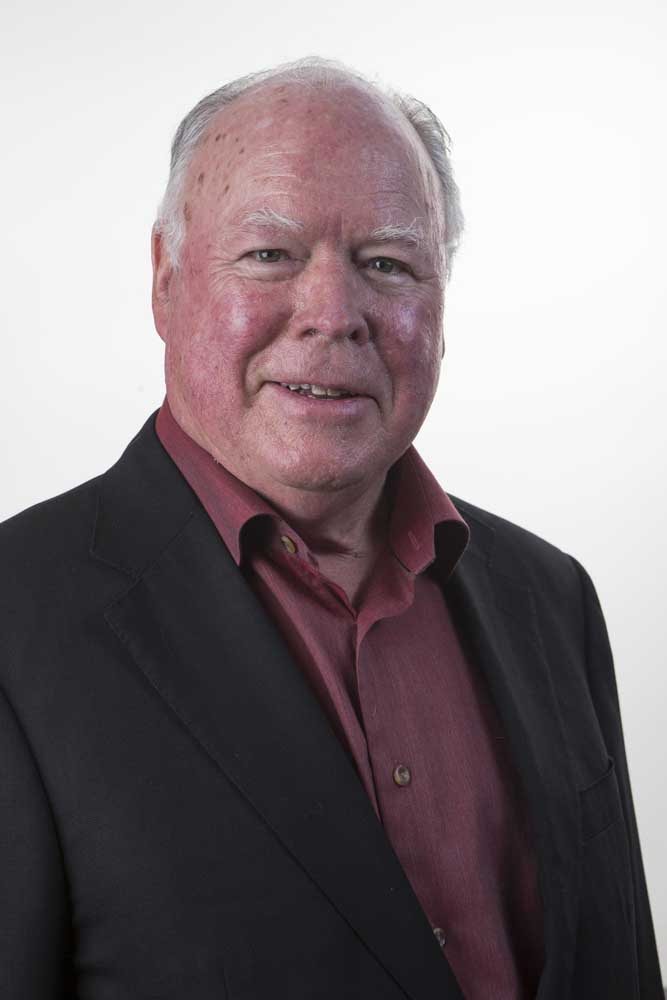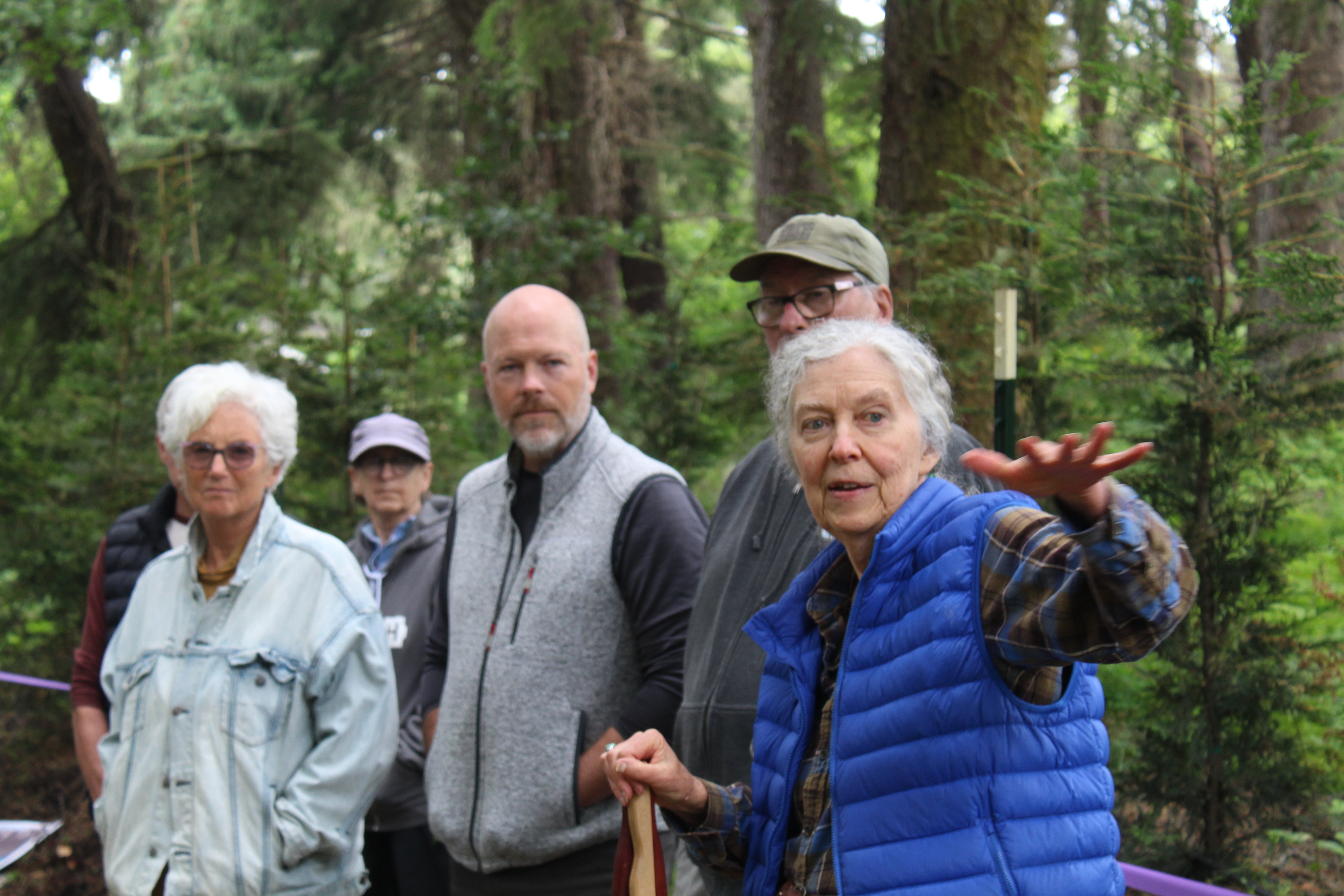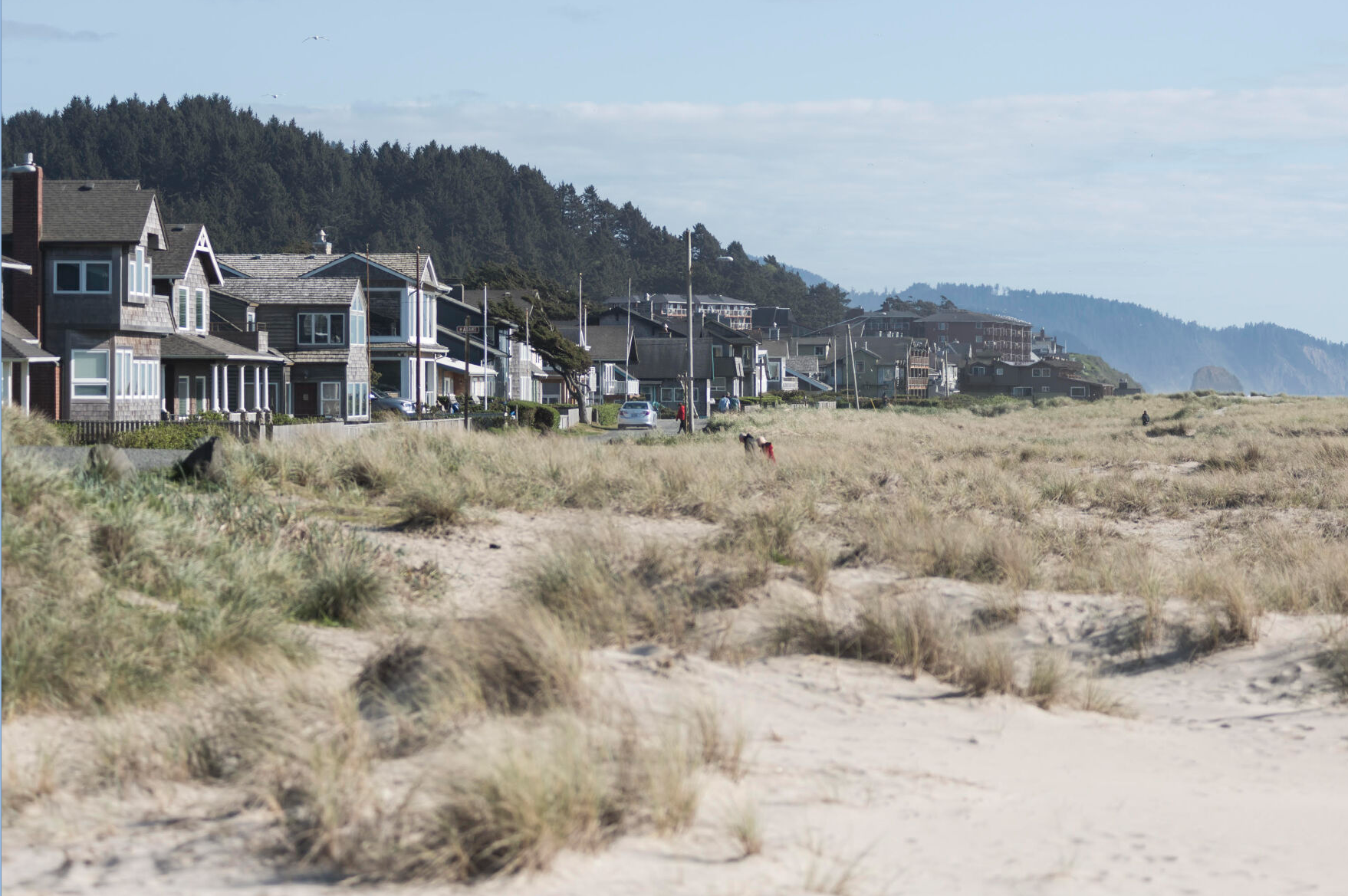Writer’s Notebook: Thriving through eras of change
Published 12:30 am Saturday, July 1, 2023

- Steve Forrester
The Reed College historian Dorothy Johansen, who was born in Astoria, was fond of saying, “History is made up of two elements: continuity and change.” As we mark 150 years of publishing this newspaper, much has changed and much remains the same.
Trending
If one of my predecessors — such as Merle Chessman, who is buried in Ocean View Cemetery in Warrenton — reappeared in The Astorian newsroom, he would make three observations. “It’s so quiet in here.” “Nobody is smoking.” And, “Where did all these women come from?”
Over 150 years, the changes and transformations in our newspaper reflect profound shifts in technology and American culture. In Chessman’s day, the job of wire editor meant something, because news would arrive by telegraph and then by wire service teletype. All of that filled the newsroom with a continuous clatter. Women arrived in The Astorian newsroom in much greater numbers during the 1990s. Our first female managing editor, Laura Sellers, took that job in 1995. Chessman would be especially startled to find that today’s publisher is a woman — Kari Borgen.
While much has changed, our newsroom’s core mission remains the same. It is about the value of showing up — to observe city council, county commission and college board decision-makers, to monitor law enforcement and the courts, to report on athletic and cultural events. On our opinion and feature pages, we share new voices and ideas and provide a community forum for public feedback. We hold a mirror up to the community and this region.
Trending
This newspaper has passed through several political eras, each with its own adversaries and challenges. In the 1920s, Chessman confronted Astoria’s robust Ku Klux Klan — virulently anti-Catholic and anti-immigrant. In our era, the former President Donald Trump-inspired “fake news” smear has cast an aspersion on all legitimate, mainstream newsgathering.
The journalist Bob Woodward coined the phrase, “Democracy dies in darkness,” which is now the Washington Post’s slogan. Examples of the bad mischief that emanates from that darkness are apparent across America. There was the Southern newspaper that recorded a city council, after its meeting ended, and reported that members were talking about hiring a contract killer to take out the local weekly newspaper’s publisher and son. David Sommers, publisher of our sister newspaper, the Rogue Valley Times, recounts how his former Long Beach, California, newspaper exposed that the city’s council was doing business late at night, after the published meeting agenda was finished.
During my time as The Astorian’s editor, Clatsop County commissioners unilaterally slashed the salary of the county district attorney. The Port of Astoria, with little public notice, signed a lease to bring a liquefied natural gas terminal to the mouth of the Columbia River. And County Commissioner Richard Lee was recalled after a pattern of self-dealing.
More recently, The Astorian has documented gaps in access on the North Coast to mental health and substance abuse treatment, reproductive health care and sexual assault nurse examiners. The newspaper has detailed challenges at emergency dispatch centers, fire districts and Medix Ambulance Service. Reporters have shined a light on the financial collapse of the Sunset Empire Transportation District and leadership turmoil at Clatsop Community College.
In this sesquicentennial birthday month, The Astorian is all about survival. In other words, how do so-called legacy news organizations thrive during an era of change? Our company’s high card in facing this existential moment is the talent that has come our way.
Fred Andrus, longtime editor of this newspaper — 1947 to 1968 — was fond of saying that so much went on in Astoria that you only had to open the window to get the latest news. This town and our region remain reliably newsworthy, and this newspaper is here to deliver it to you.









